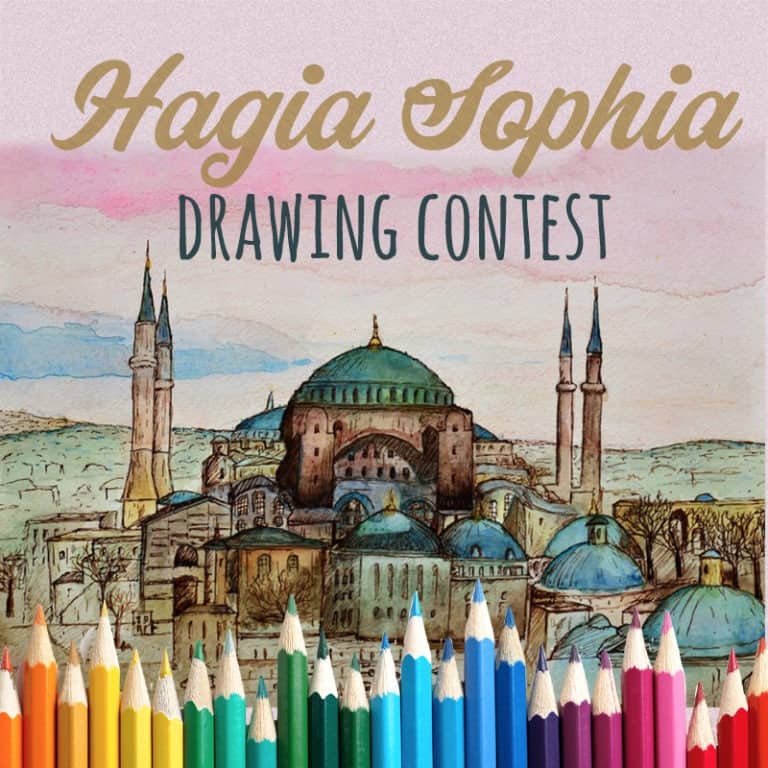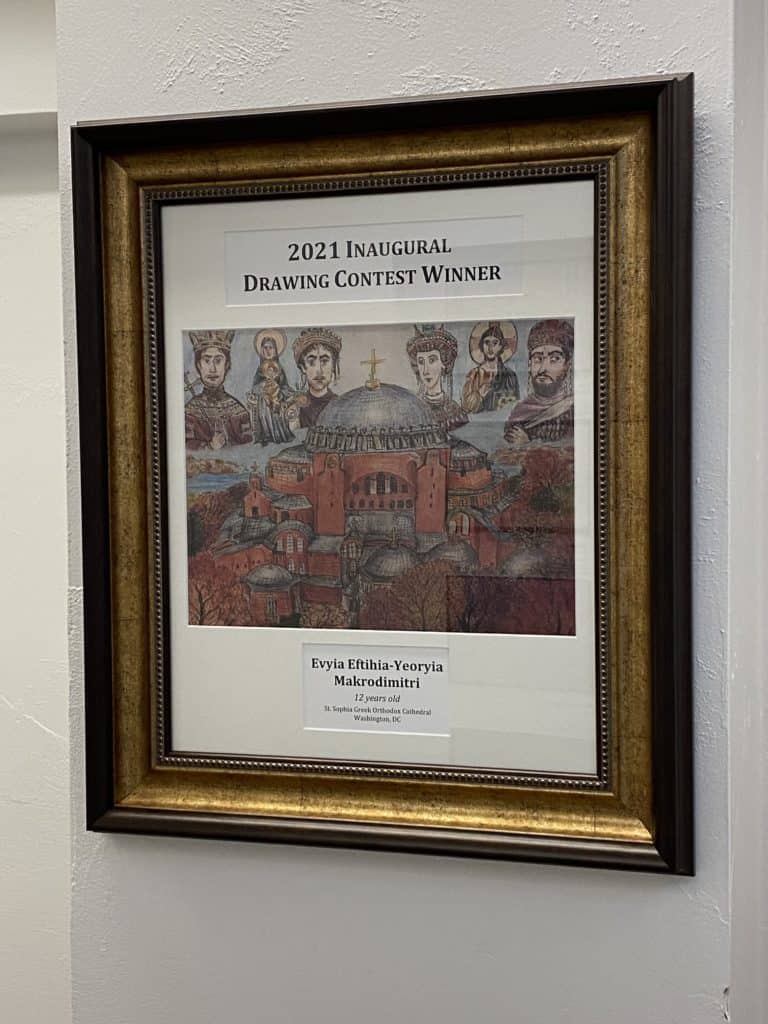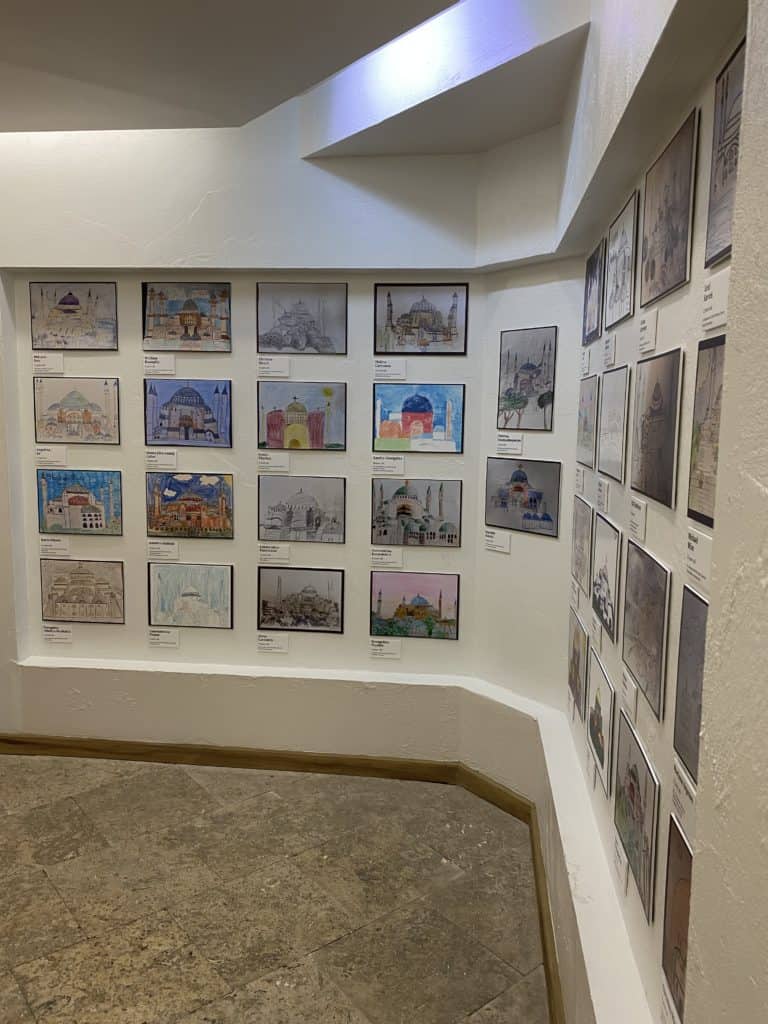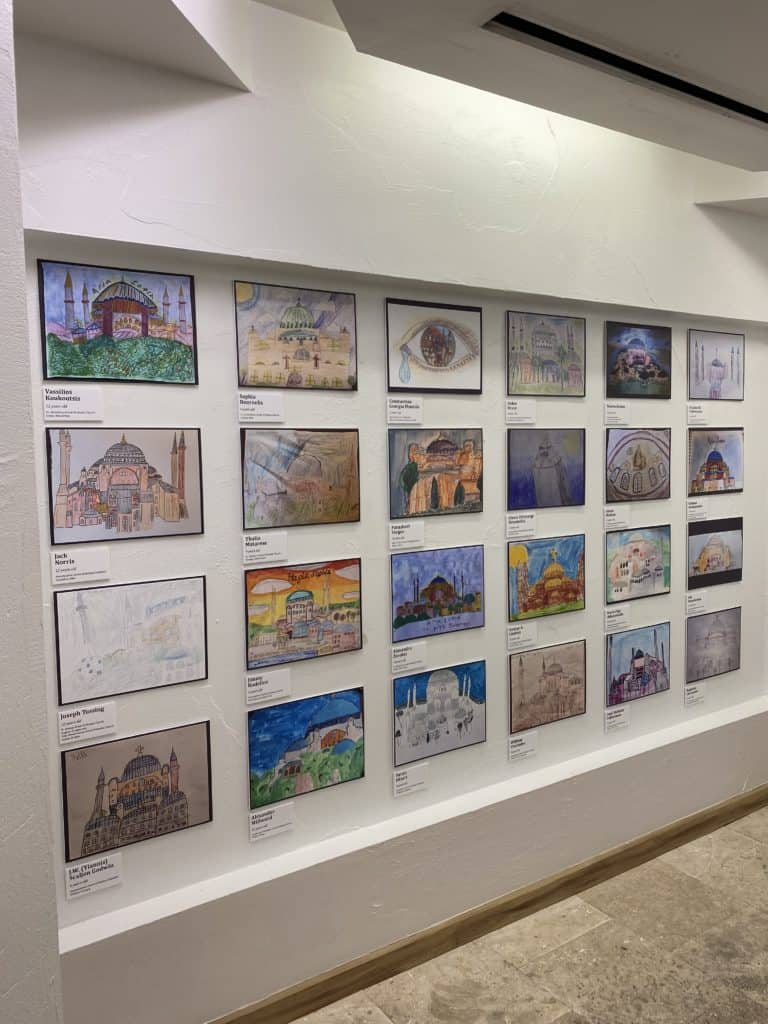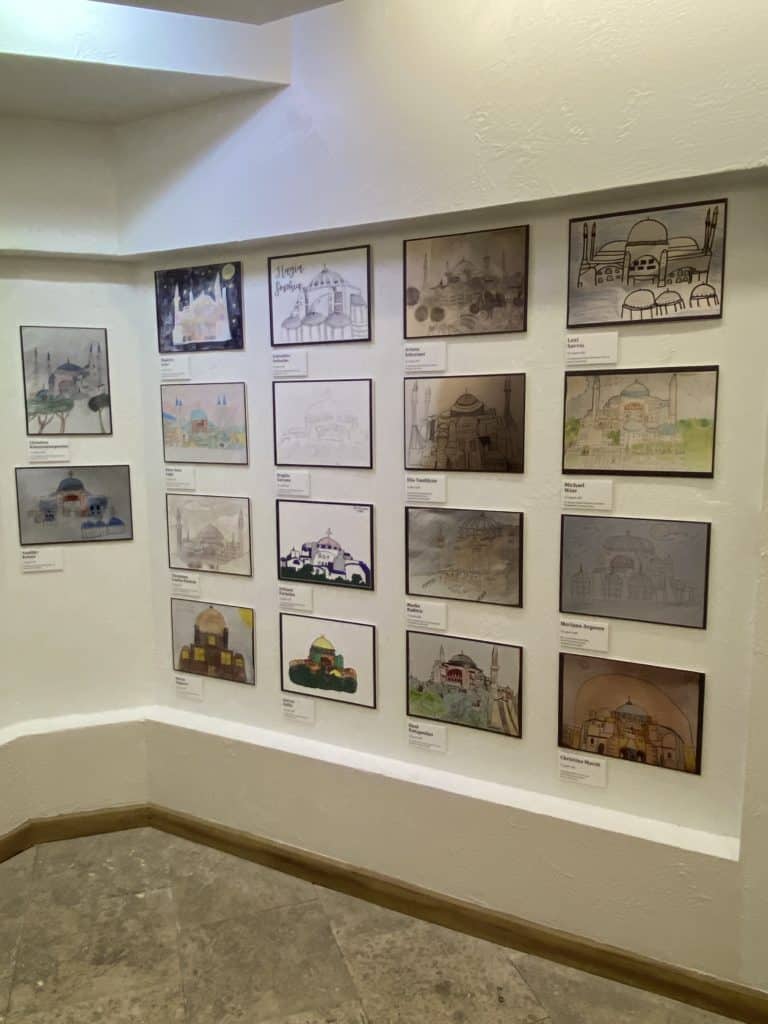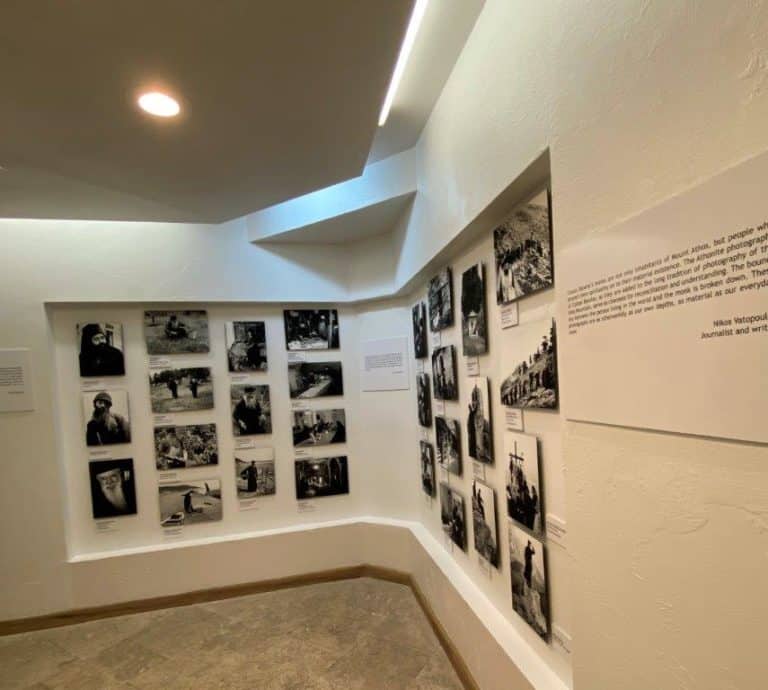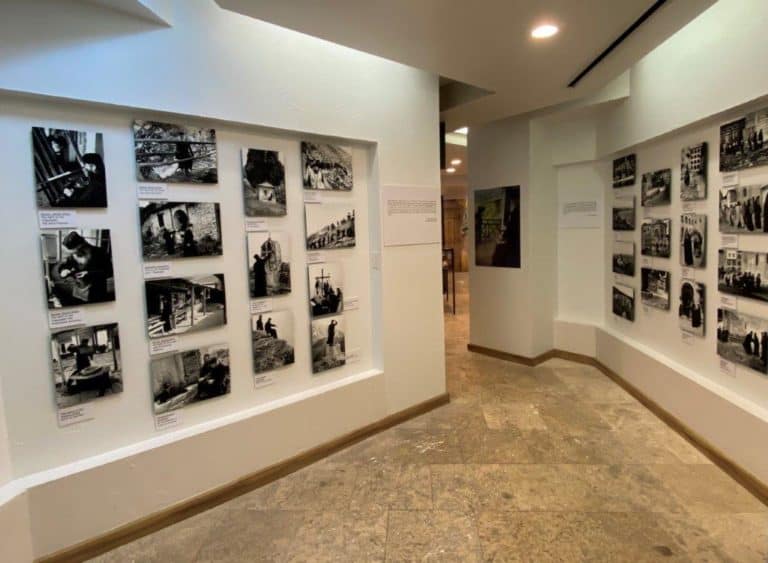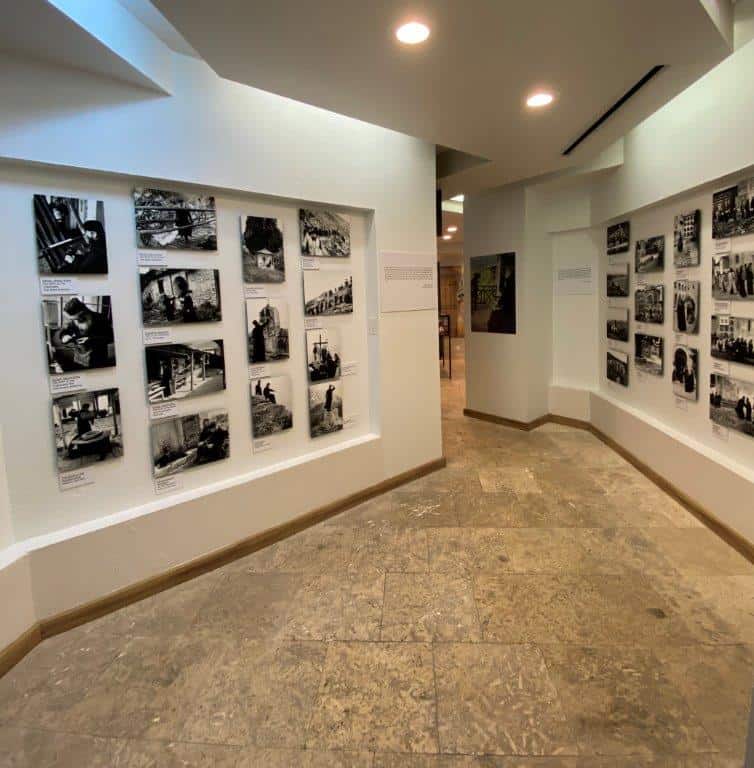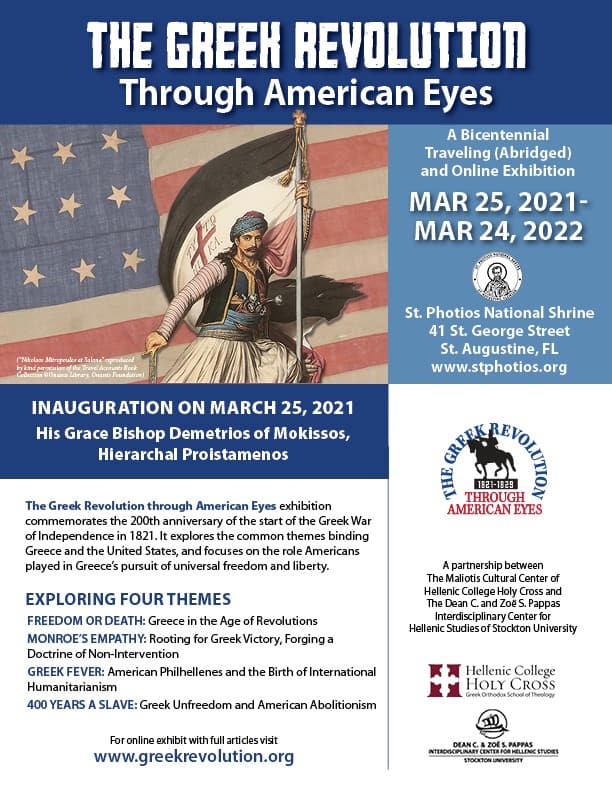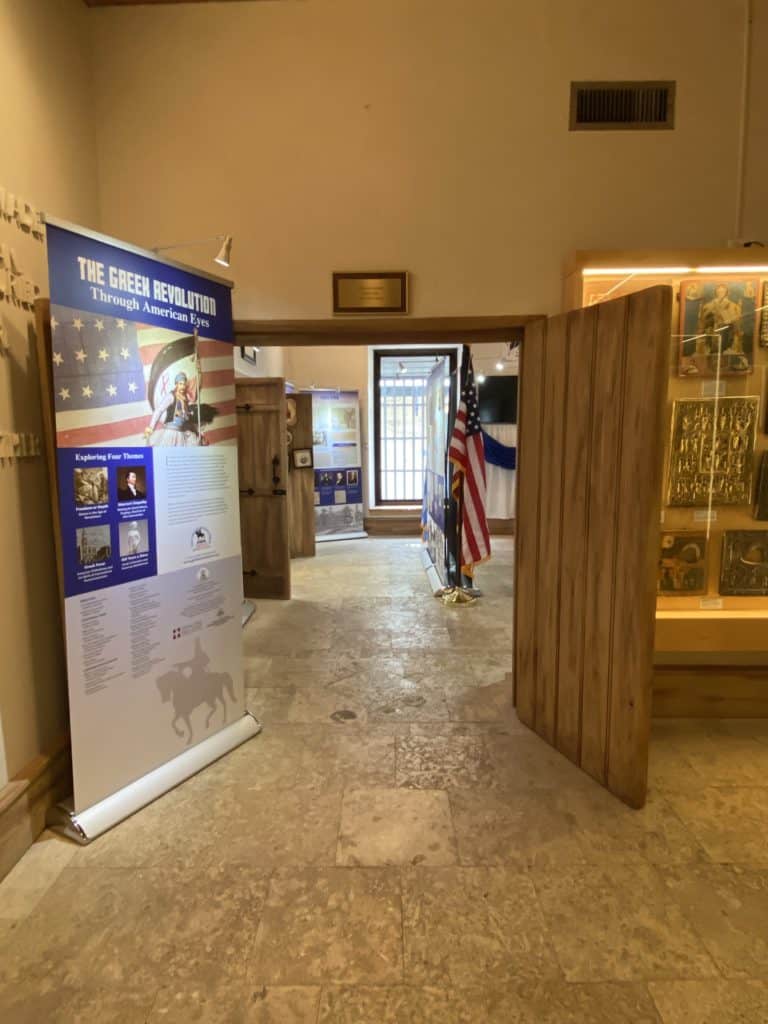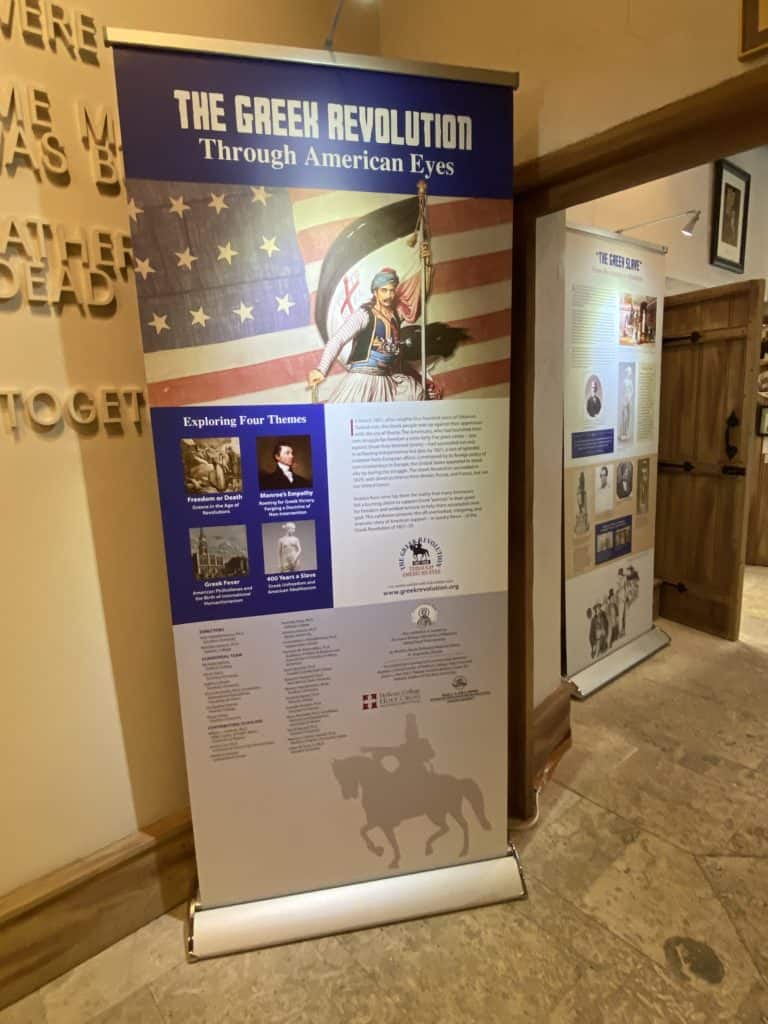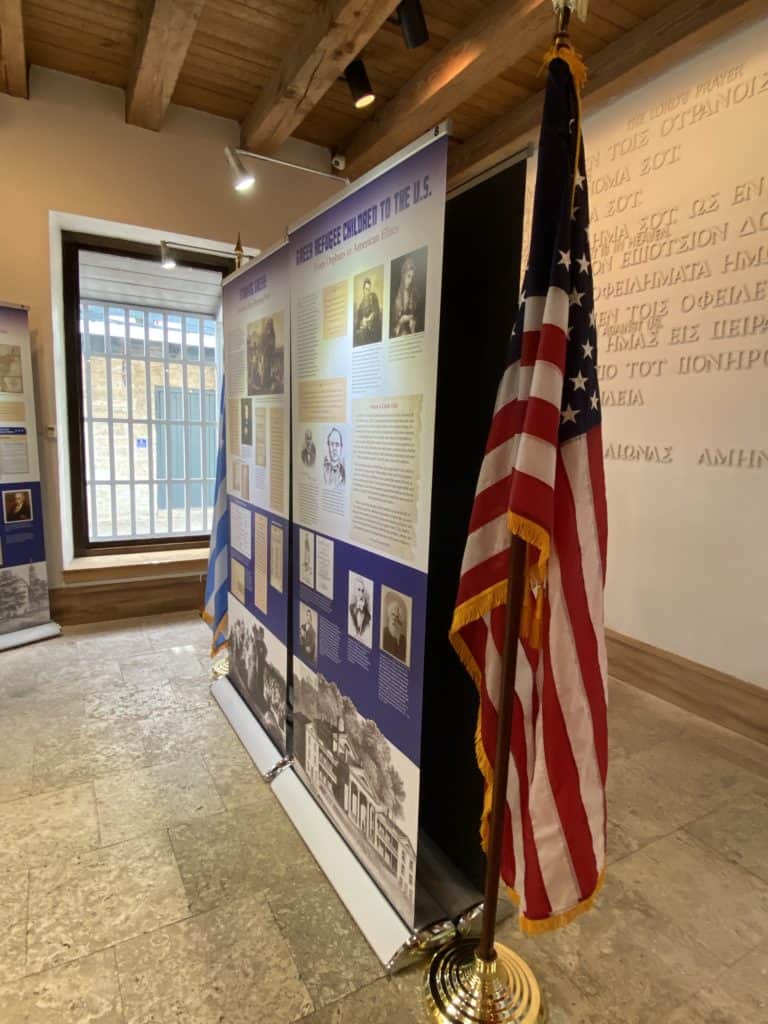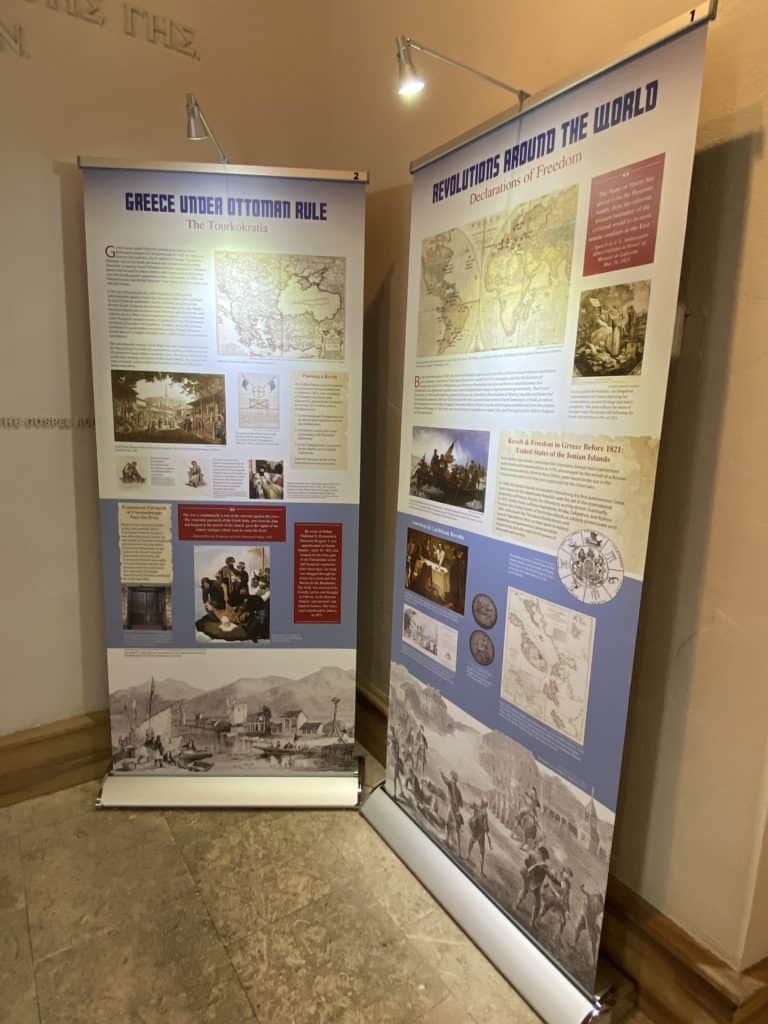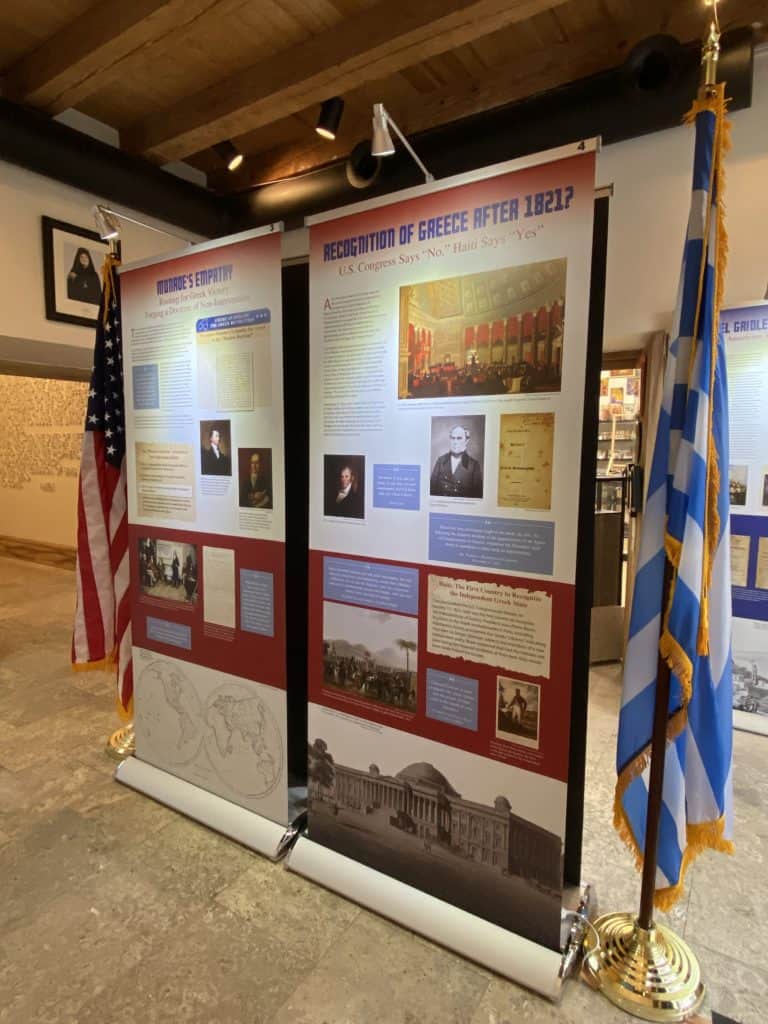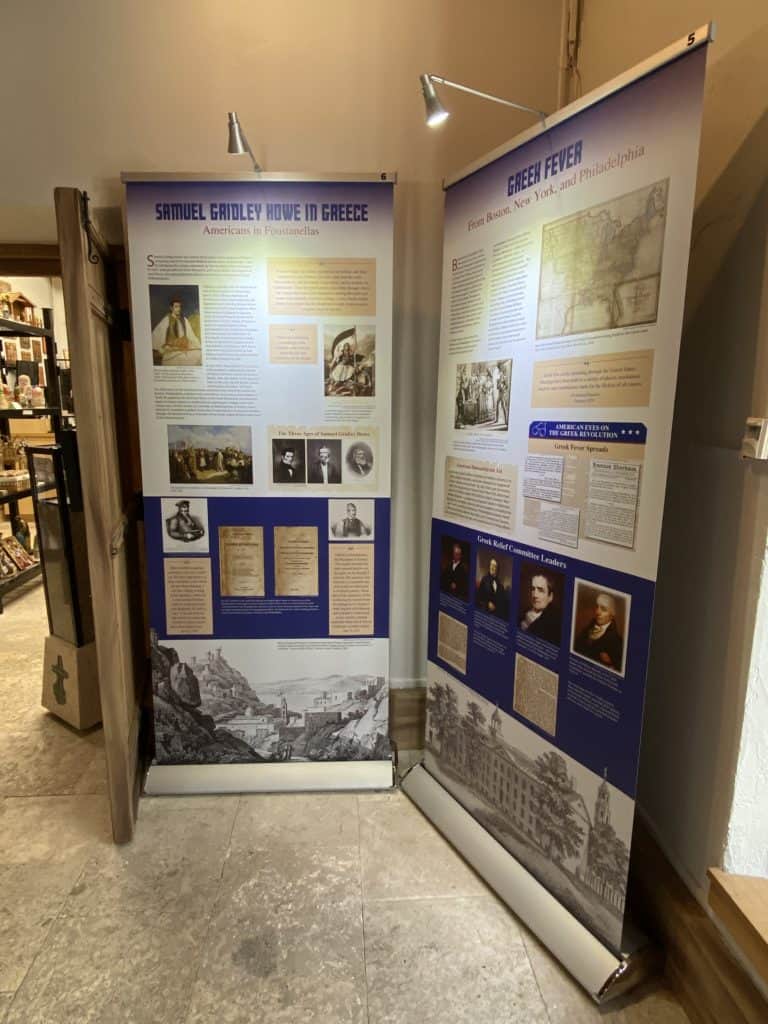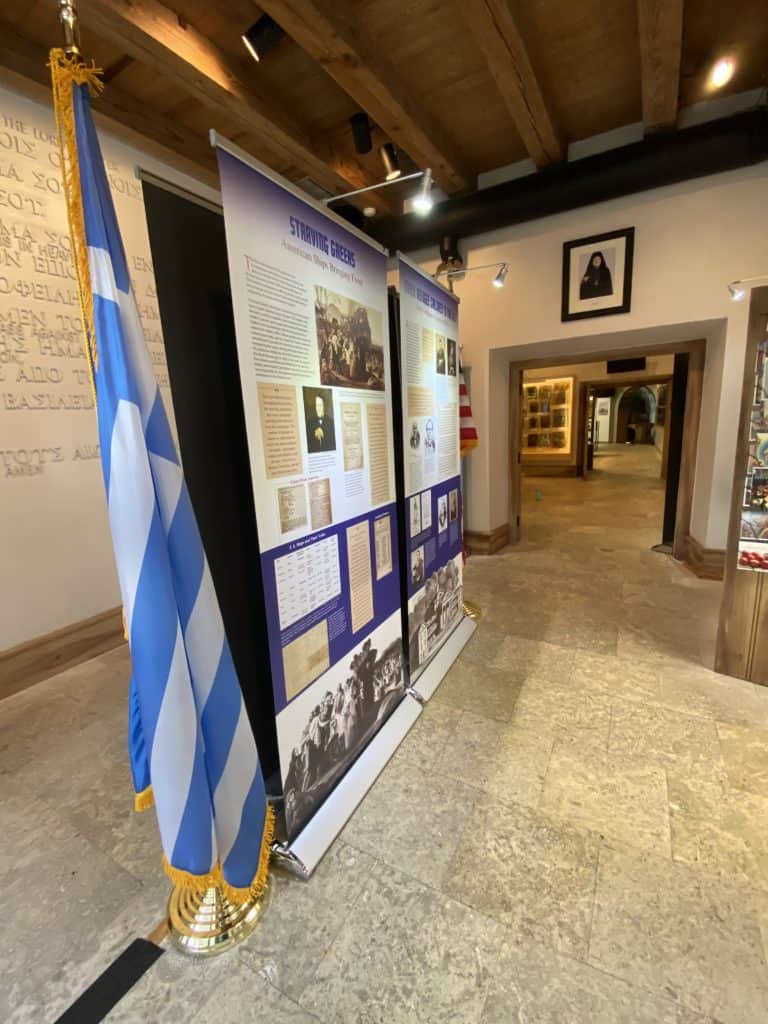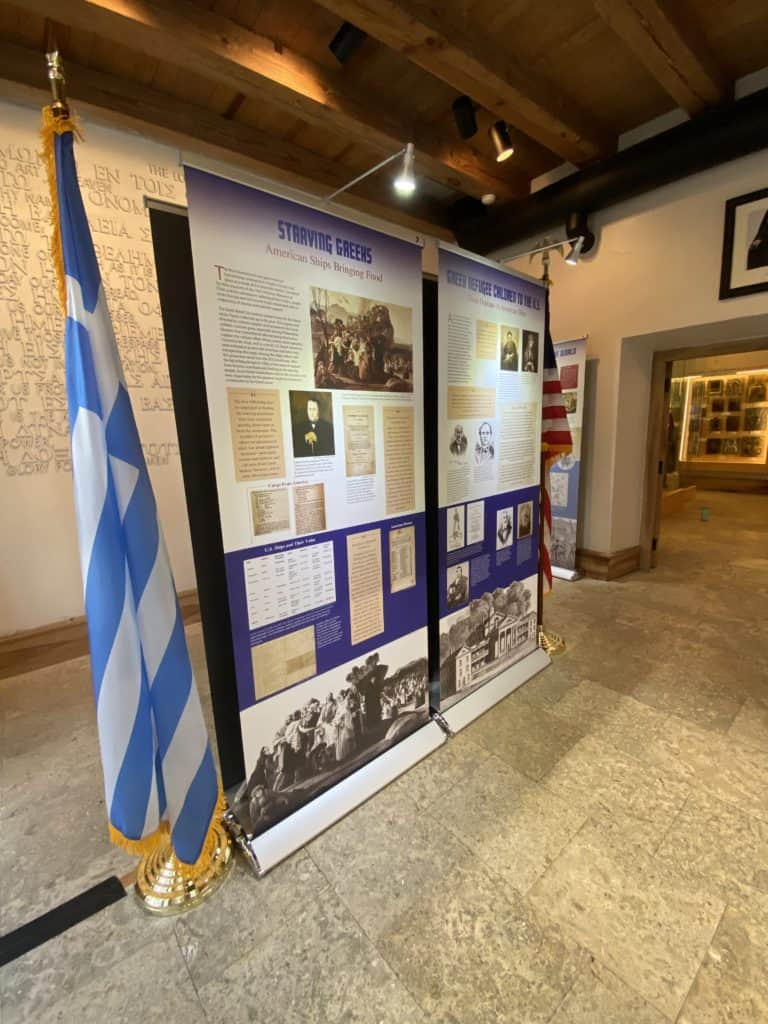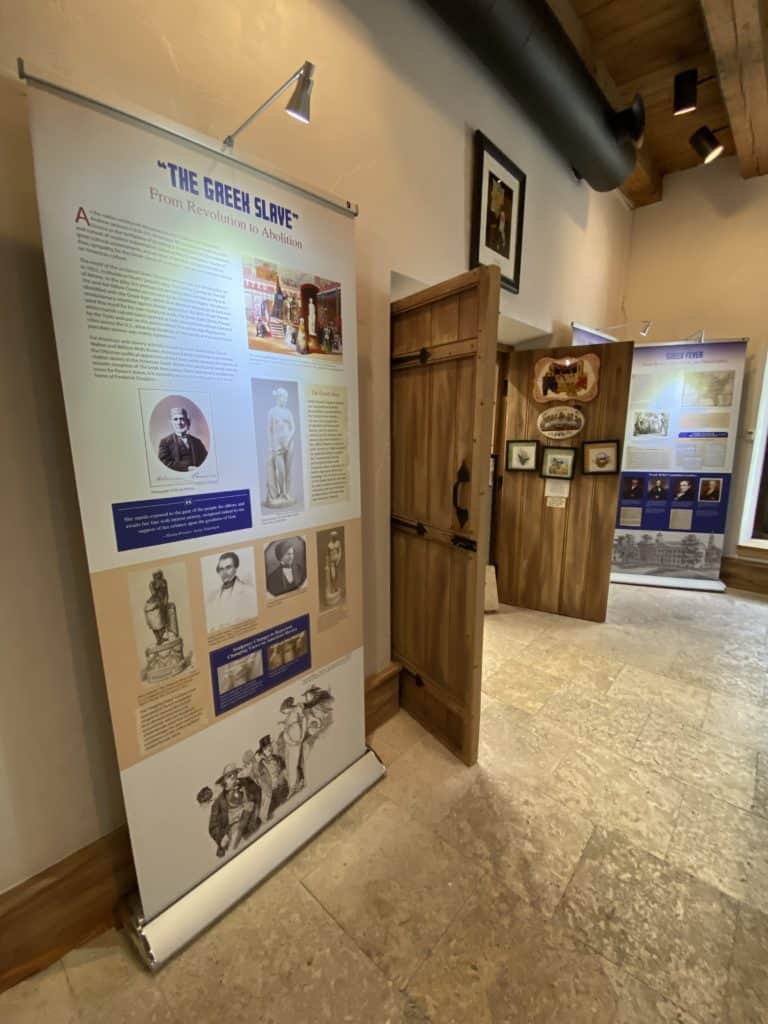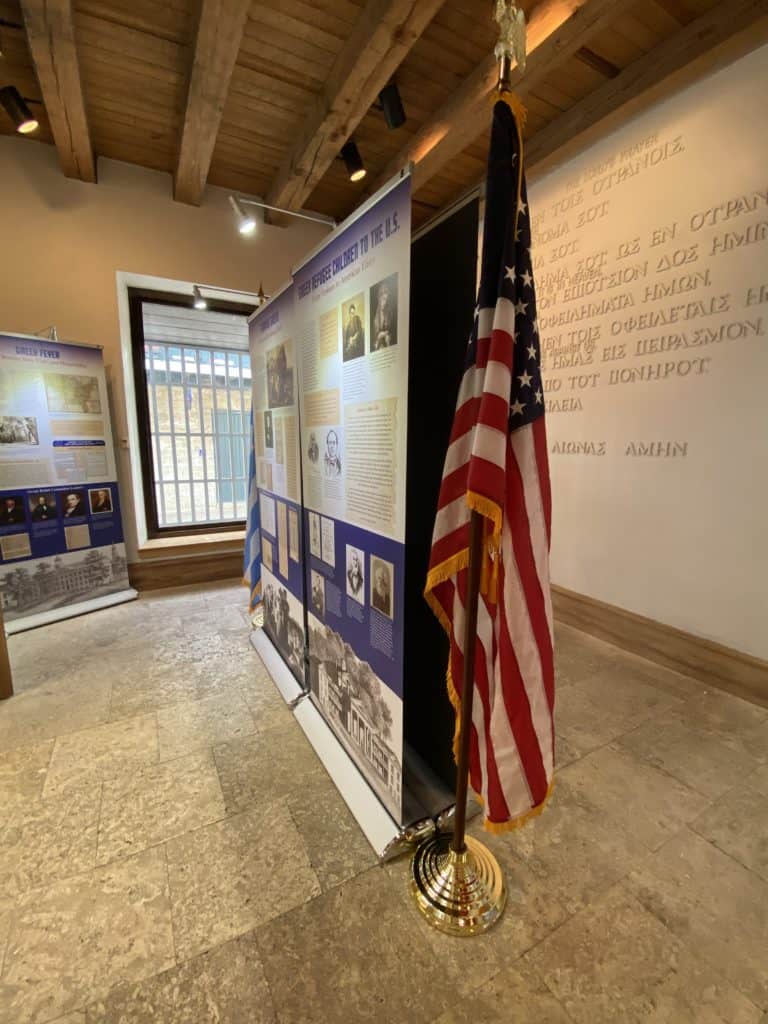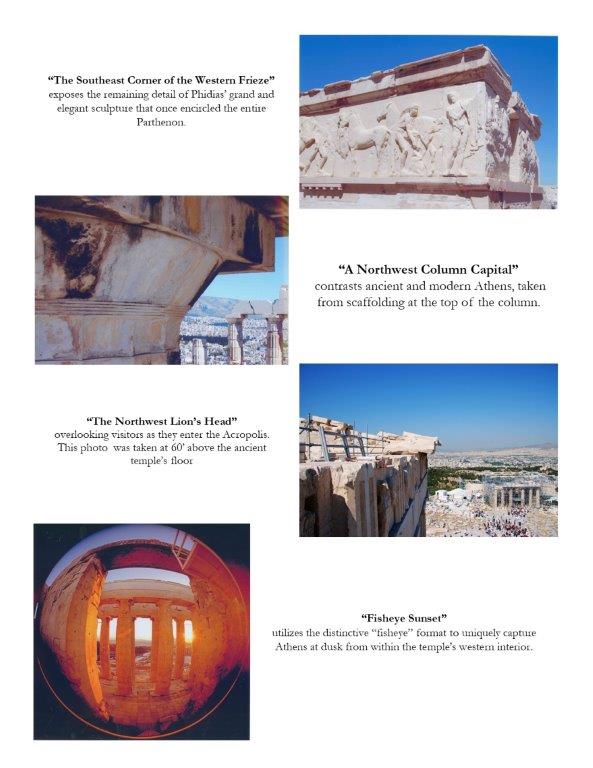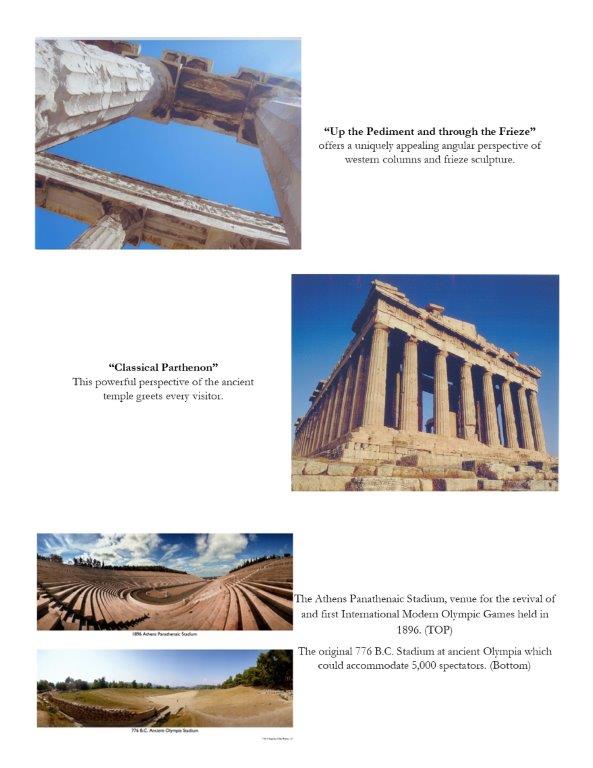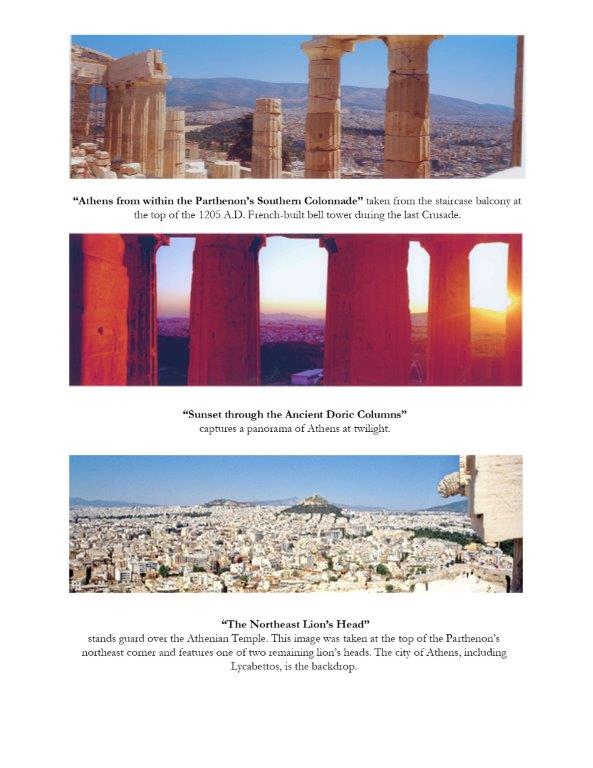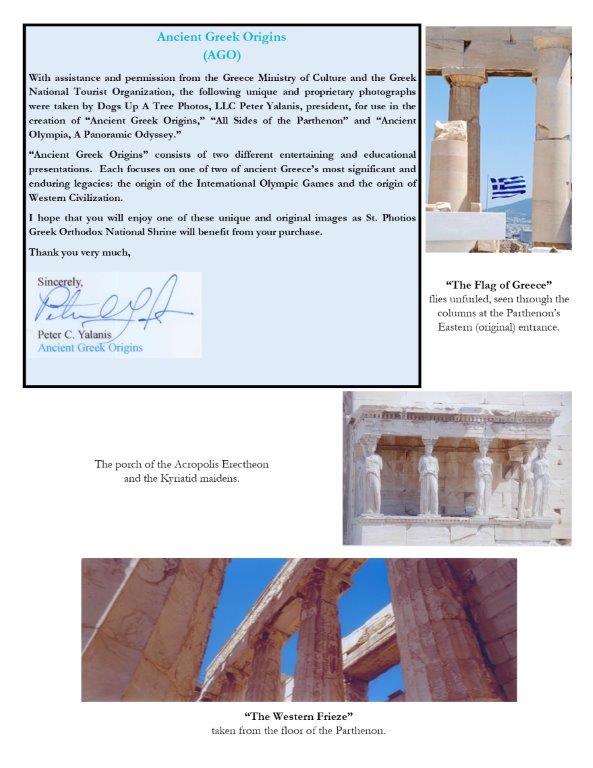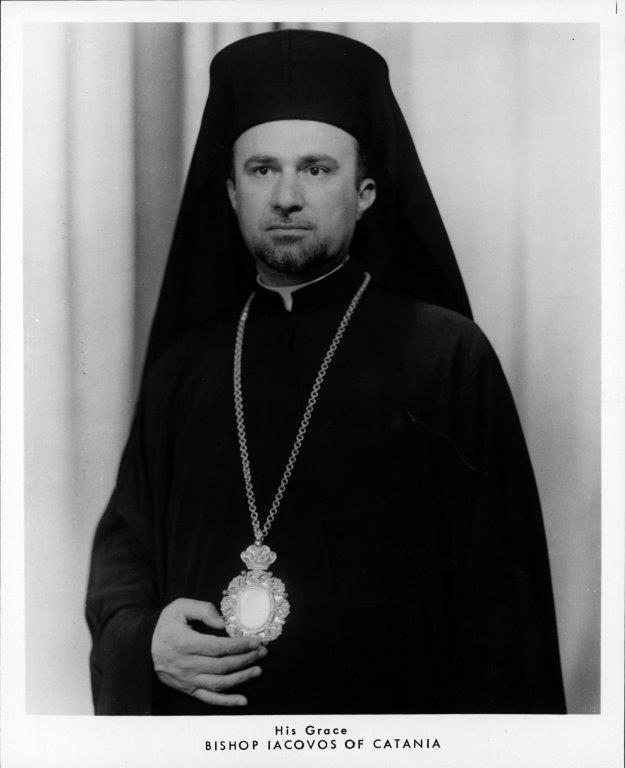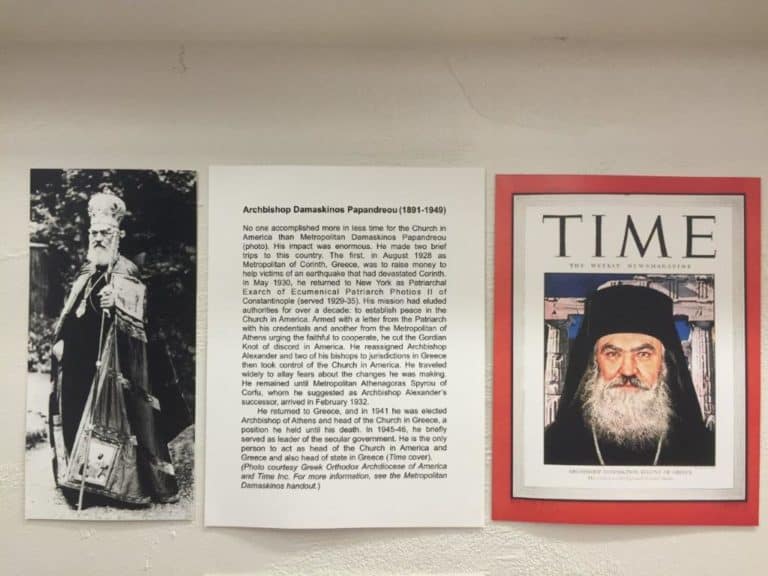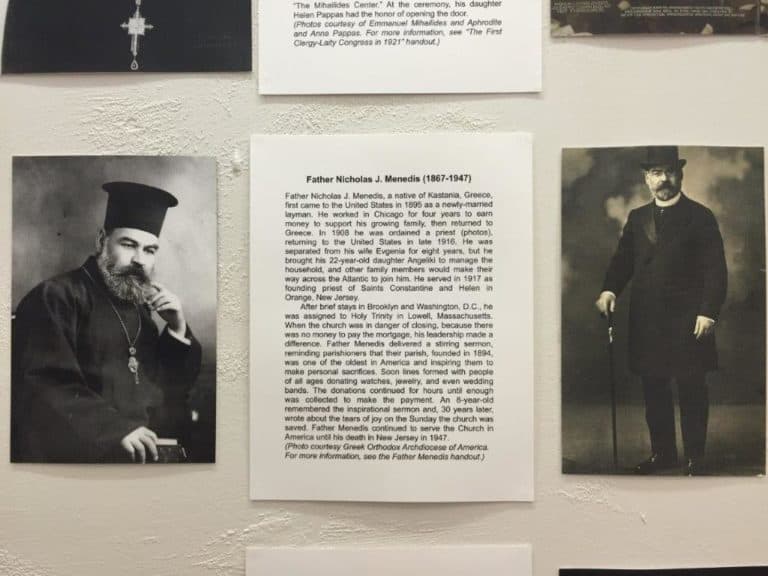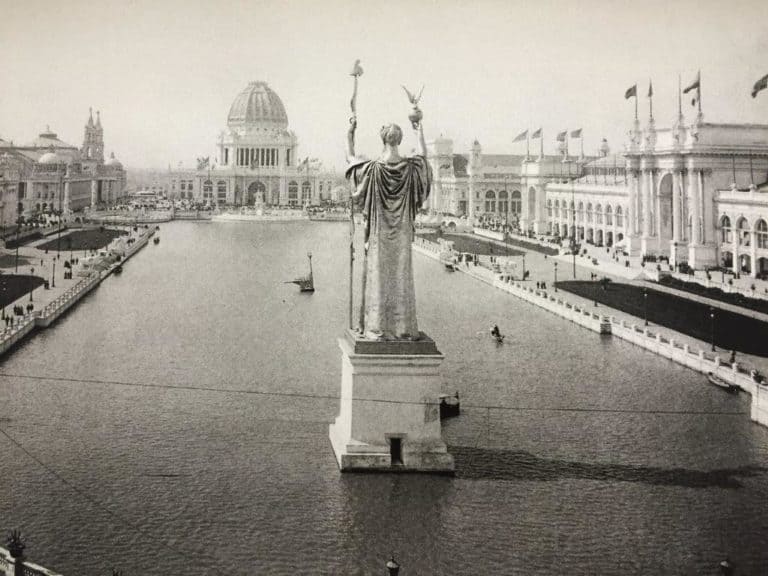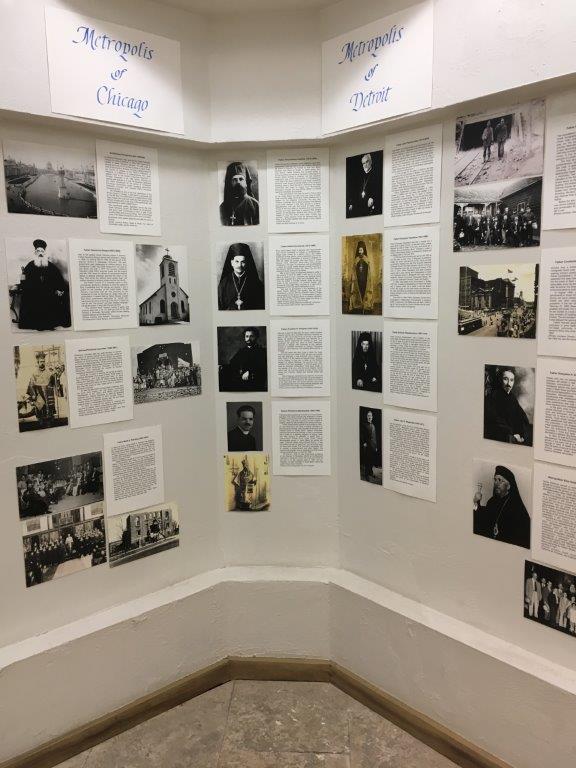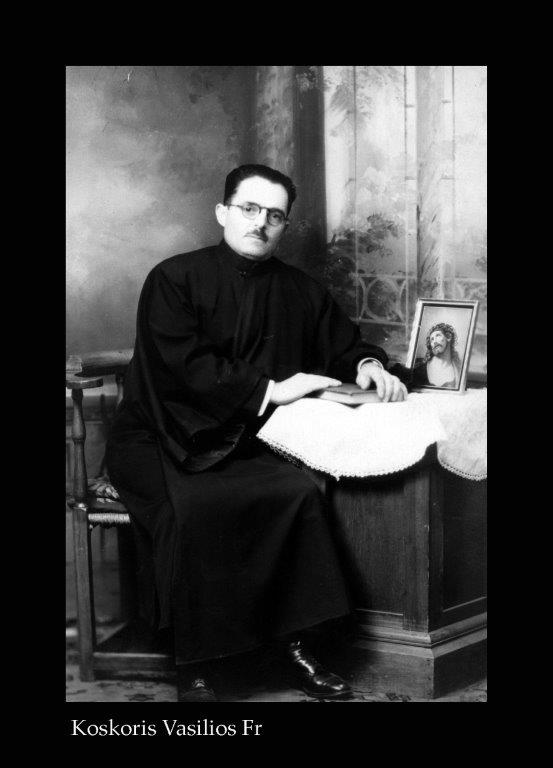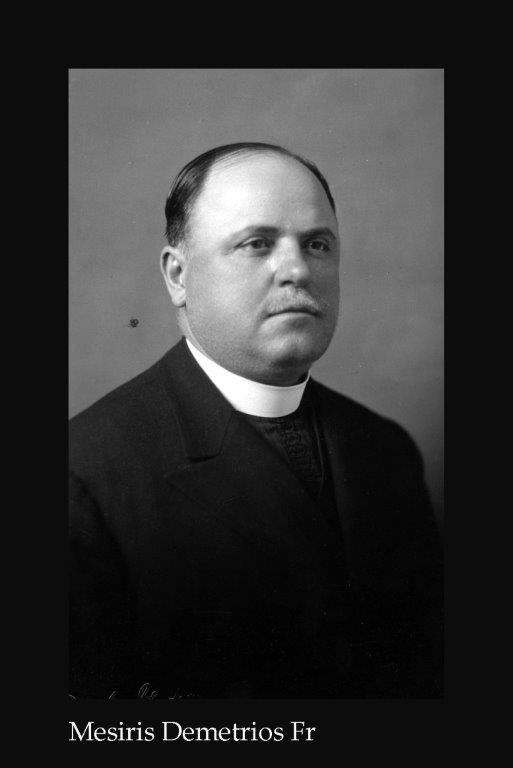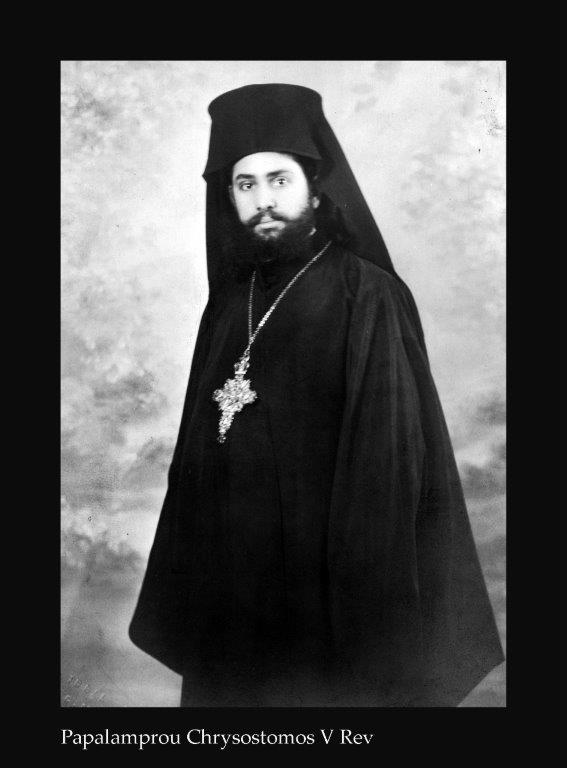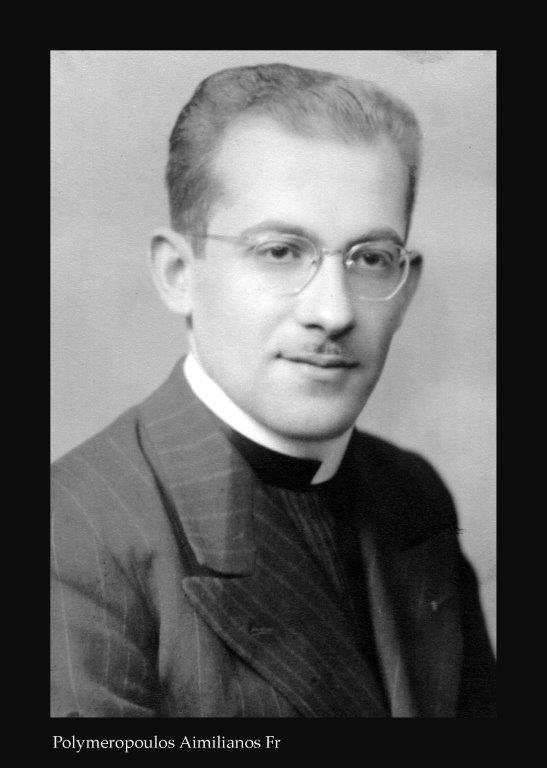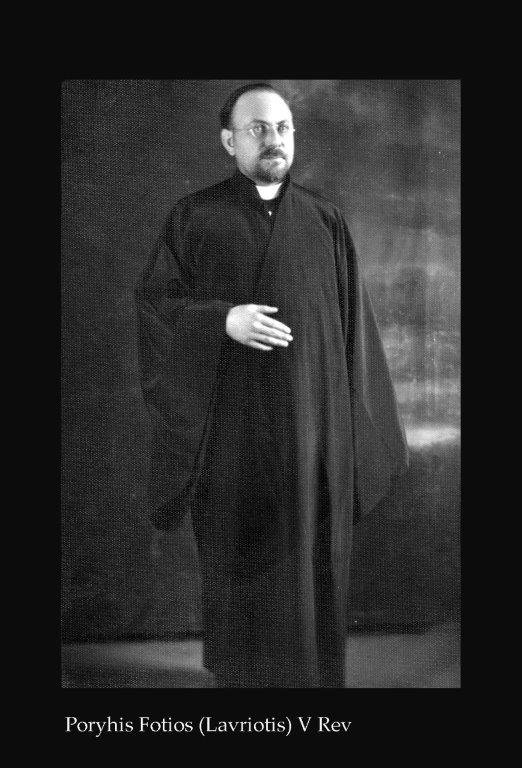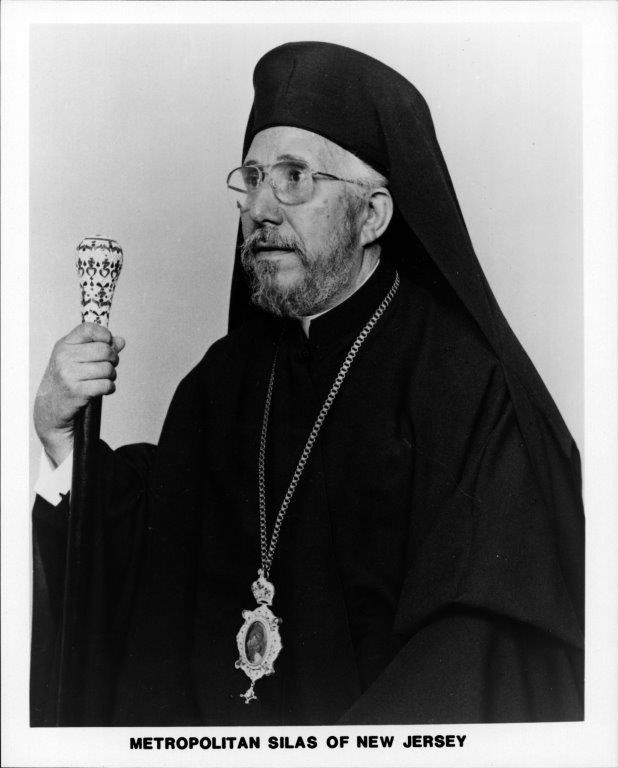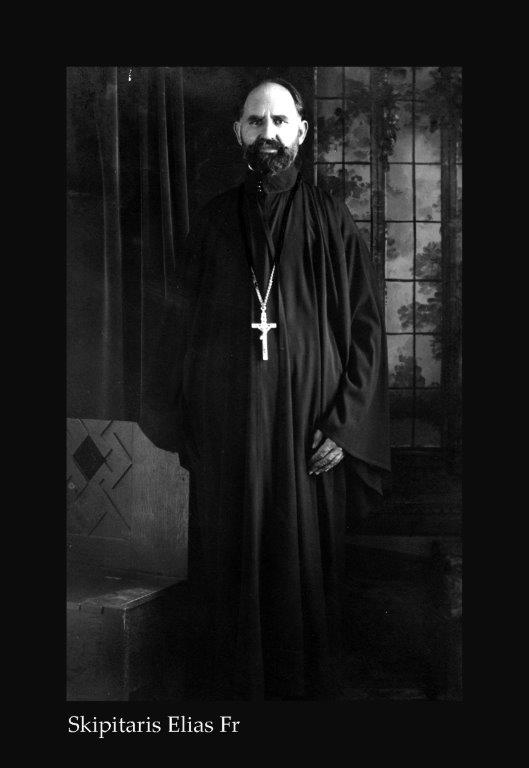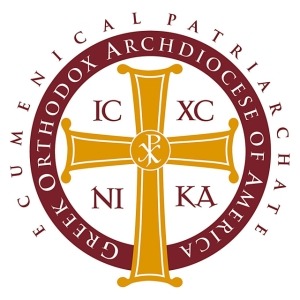2023 Children's Drawing Contest
MADE POSSIBLE THROUGH THE GENEROSITY OF THE TOUNDAS FAMILY
“The Theodosian Walls of Constantinople”
The Trustees of the St. Photios Foundation, Inc. proudly share the results of the Third Annual Drawing Contest of St. Photios Greek Orthodox National Shrine. Held in conjunction with the annual commemoration of the Fall of Constantinople, students, ages 9-12 of the Greek Orthodox Archdiocese of America, are encouraged to learn about the Fall of Constantinople and to express what was learned, through art.
This year, the children were commissioned to learn about the Theodosian Walls, one of Constantinople’s most impressive surviving monuments from antiquity. The three judges commented: “the artists understood the topic they were to draw by using a variety of mediums” (Mariann Mantzouris), “the renditions demonstrate intricate details” (Smaro Milonas), and “these wonderful drawings from such young artists exhibit so much talent” (Prof. Laura Mongiovi).
These artists depict this architectural marvel begun during the reign of Theodosius II in the early 5th century. Anthemius, who was Theodosius’ Praetorian Prefect (prime minister) at the time, is credited with supervising this three-tiered perimeter.
Constructed over the course of nine years it extends from the Golden Gate, stretching for four miles across the peninsula from the Sea of Marmara to the Golden Horn, expanding on the work begun in the 4th century by Emperor Constantine I.
The walls were an effective defense line for 800 years. It was the largest and strongest barricade built in either the ancient or medieval worlds. Even Attila the Hun failed in conquering the “Queen of Cities”. The moat in the first tier, the 96 towers, the sentries at the ten gates are just a few of the many elements that created this effective line of defense.
In 1453, the Empire came to an end when the Ottomans breached Constantinople’s ancient land wall after besieging the city for 55 days. Sultan Mehmet II carried out the 8-week campaign, surrounding Constantinople from land and sea while employing cannon to maintain a constant barrage of the city’s formidable walls.
The Empire collapsed as the City was taken on May 29, 1453.
The Trustees are grateful judges for ranking the submissions and to William, Pamela, and Michael Toundas who continue to underwrite this creative learning opportunity for the children in the Greek Orthodox Archdiocese.
The participants in the 2023 Drawing Contest include the winner, 12-year-old Sofia Koutsoupias of Holy Trinity Cathedral, Charlotte, NC and Napoleon Gelis, 11 years old, of St. Demetrios, Fort Lauderdale, FL; Katharina Gabrielides, 10 years old, of Wesley Chapel, FL; Victor Constantin Acatrinei, 9 years old, of Annunciation, N. Miami, FL; Alexi Andrioti, 9 years old, of Holy Trinity, St. Augustine, FL; Nicholas E. Coalson, 10 years old, of St. Nicholas, Corpus Christi, TX; Amalia Pieper, 11 years old, St. George, Chicago, IL; Diacos Sayers, 9 years old and Kostas Tsovilis, 11 years old, both of St. Demetrios, Daytona Beach, FL; and Vasili Moody 10 years old, of the Annunciation Cathedral, Atlanta, GA. Congratulations!
2022 Children's Drawing Contest
MADE POSSIBLE THROUGH THE GENEROSITY OF THE TOUNDAS FAMILY
“THE LAST BYSANTINE EMPEROR
Constantine XI Palaiologos”
21 Contestant Submissions
In conjunction with the annual commemoration of the Fall of Constantinople, the Saint Photios Greek Orthodox National Shrine is proud to display the entrants’ submissions to the Second Annual Drawing Competition open to children ages 9-12 of the Greek Orthodox Archdiocese of America.
Besieged by the Ottomans, Constantinople and a few remaining lands of the Roman (Byzantine) Empire was led by the Emperor Constantine XI Palaiologos, successor to the founder of the capital over a thousand years earlier, Emperor and Saint Constantine the Great. With the breach of the city walls that had protected the city for over a millennium, the Emperor and defenders consisting of Greeks, Genoans and others were finally vanquished.
Participants submitted drawings of the last Byzantine Emperor, successor not only to the great saint whose name he bore, but also to the final dynasty of emperors who, even as their Empire was slowly declining, oversaw a resurgence in ecclesiastical art and theology.
The annual commemoration of the Fall of Constantinople is not only a remembrance of the Fall of the capital of the Roman Empire on May 29, 1453 by the Ottomans who finally took the “Queen of Cities” established by Saint Constantine the Great some eleven centuries earlier; rather, it is also a celebration of Byzantine culture and the Hellenic culture that sprang from this pivotal event in world history.
40th Anniversary Exhibit
The St. Photios Greek Orthodox National Shrine hosted the 40th Anniversary Celebration exhibit thanks to a grant from the The Kathie D’Anna Charitable Fund.
This unique Exhibit, commemorating the 40th anniversary of the first National Shrine of the Greek Orthodox Archdiocese of America, commenced February 27, 2022 will remain open to the public until February 27, 2023.
In conjunction with this exhibit, the St. Photios National Shrine has produced a 10-minute documentary specifically showcasing the 40 year history of the Shrine. Played continuously at the Shrine’s exhibit in honor of 40th Anniversary housed in St. Augustine, Florida, may also be viewed on the St. Photios Facebook Page at https://fb.watch/c4B0QXFjyE/
Archbishop Iakovos of blessed memory presided over the dedication on February 27, 1982, stating, “This Shrine is dedicated to those who came here 414 years ago in search of freedom and to escape the most barbaric oppression, and for the contribution they made to our country.” His Eminence, before entering the Shrine, unveiled a plaque that pays tribute to the first colony of Greek refugees who worshiped here in 1777.
In 1768 nearly 500 Greeks with 900 others of Mediterranean descent left their homelands and established the New Smyrna Colony in hopes of a better life. Just a little over 400 of these indentured servants survived after a decade of brutal treatment that followed.
They escaped to St. Augustine, America’s oldest city, and it was here, in the Avero House which is the current site of the Shrine, that they found refuge.
2021 Inaugural Children's Drawing Contest
Made possible through the generosity of The Toundas Family
“Hagia Sophia – The Jewel of the City”
59 Contestant Submissions
In conjunction with the annual commemoration of the Fall of Constantinople, the Saint Photios Greek Orthodox National Shrine is proud to display the entrants’ submissions to the inaugural Drawing Competition open to children ages 9-12 of the Greek Orthodox Archdiocese of America.
An enduring symbol of the Imperial Capital and of the Orthodox Church is the “Jewel of The City,” the magnificent Church of the Holy Wisdom, Haghia Sophia. Built under Emperor Justinian I in Constantinople in the 6th century, the “Great Church” was the cathedral of the Ecumenical Patriarchate until the Fall of the City about 900 years later when it was forcibly changed to a mosque under the Ottoman conquerors. After the end of the Ottoman Empire, it was converted into a museum at the beginning of the 20th century, though recently converted back to a mosque under the current leadership of modern Turkey.
Participants submitted drawings of the famous Haghia Sophia, the Church of the Holy Wisdom, still a symbol of the vibrant faith, culture and spirit of the Hellenes and the Ecumenical Patriarchate that continue in Constantinople, modern-day Istanbul, Turkey.
The annual commemoration of the Fall of Constantinople is not only a remembrance of the Fall of the capital of the Roman Empire on May 29, 1453 by the Ottomans who finally took the “Queen of Cities” established by Saint Constantine the Great some eleven centuries earlier; rather, it is also a celebration of Byzantine culture and the Hellenic culture that sprang from this pivotal event in world history.
The Greek Revolution through American Eyes
Directed by Dr. Tom Papademetriou (Stockton University) and Dr. Nicholas Ganson (Hellenic College). Created in partnership between the Maliotis Cultural Center and the Dean C. and Zoë S. Pappas Interdisciplinary Center for Hellenic Studies of Stockton University in New Jersey and hosted in part by the St. Photios Greek Orthodox National Shrine.
This unique Exhibit, commemorating the 200th anniversary of the start of the Greek Revolution in 1821, explores the common themes binding Greece and the United States. It serves as a dual-lens, allowing viewers to see the Greek revolutionary events and their significance through the writings and actions of Americans who supported and fought in the war. This modified physical exhibit is made up of ten-panel displays with information researched by sixteen contributing scholars from the US and Greece.
“The Greek Revolution through American Eyes” also allows viewers to consider the formation of U.S. identity in the first fifty years of the nation’s existence, as foreign policy was taking shape and slavery was leading the country to its own war.
In conjunction with this exhibit, the St. Photios National Shrine has produced a 10-minute documentary specifically showcasing Philhellenes who aided in the Greek Revolution of 1821, titled, “Hail, Oh Hail, Liberty! A Bicentennial Celebration of Greek Independence: 1821-2021.”
The film, played continuously at the Shrine’s exhibit in honor of the 200th anniversary of the Greek War for Independence housed in St. Augustine, Florida, may also be viewed on the St. Photios Facebook Page @StPhotios.
Ancient Greek Origins
Curated by Peter C. Yalanis
Made Possible by a Grant from the Kathie D’Anna Charitable Trust
Pioneering Priest Exhibit
Curated by Dr. William Samonides and Dr. Regine Samonides
Made Possible by a Grant from Leadership100 the Kathie D’Anna Charitable Trust

